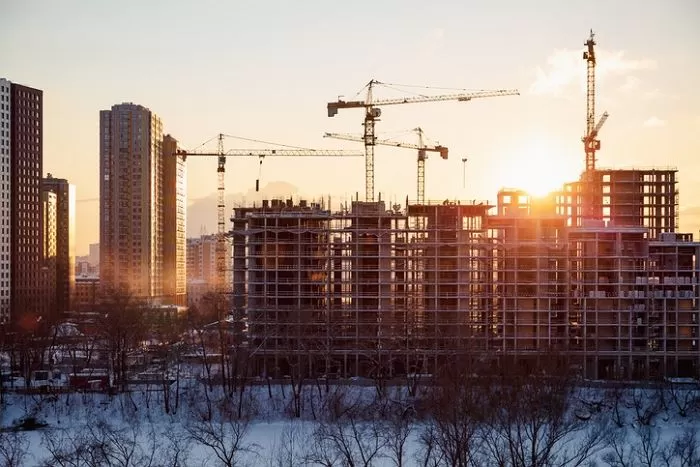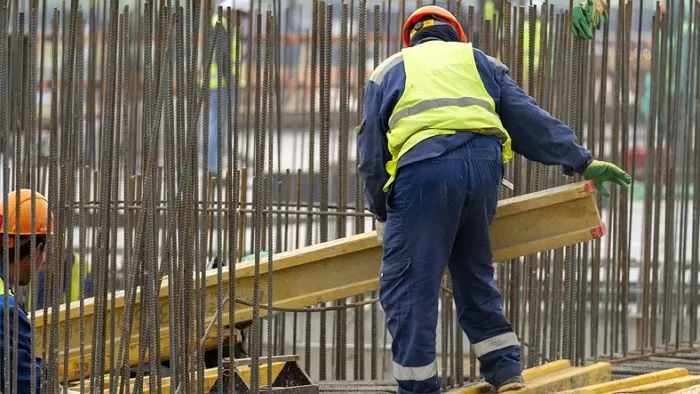Construction Industry Crisis Deepens, Mid-Sized Construction Companies Facing Series of Bankruptcies
As the construction market recession prolongs, assessments suggest that the situation is more severe than during the IMF crisis. With a sharp decrease in contracts for construction companies, mid-sized builders across the country are encountering successive bankruptcies.
Financial authorities have initiated assessments of the feasibility of real estate project financing (PF) in the first quarter, raising concerns that the possibility of PF projects facing difficulties in extending maturities is likely to lead to the realization of rumors regarding a "crisis in the construction industry in April" and "a crisis in July."

Surge in Construction Company Closures, Mid-Sized Firms Entering Court Management
In the first quarter of this year (January to March), a total of 160 comprehensive construction companies reported their closures. This marks a 12% increase compared to 134 closures in the same period last year.
The total number of closures, including specialized construction companies, has exceeded 630. This is the highest number since 2020, equating to an average of 1.8 construction companies shutting down per day.
So far this year, mid-sized construction firms such as Shin Dong Ah Construction, Sambu Construction, Daewoo Shipbuilding Marine Engineering, Daejeo Construction, Samjeong Corporation, Angang Construction, and Biksan Engineering have applied for court management. Recently, Daehung Construction, the number one construction company in the Chungbuk region, has opted for corporate rehabilitation procedures.
Among the top 100 companies by construction capability, 12 firms faced bankruptcy risks last year with a debt ratio exceeding 200%.

Escalating Unsold Inventory, Liquidity Crisis, Rising Construction Costs, Order Cliff
According to statistics from the Ministry of Land, Infrastructure, and Transport, the number of unsold homes as of January this year reached 72,624, an increase of 3.5% compared to the previous month. Of these, 72.8% are located in regional areas, and the unsold inventory in the metropolitan area also rose by 16.2% to 19,748.
The number of unsold homes that remain unsold after completion, termed "malignant unsold inventory," reached 23,722, the highest level in 11 years and 4 months since October 2013. The increase in unsold homes hampers construction companies' ability to recover funds smoothly, thus heightening liquidity crises.
Moreover, rising construction costs are further eroding the profitability of construction companies. Since 2020, the construction cost index has risen by approximately 30%. This increase is attributed to a combination of soaring exchange rates, rising raw material prices, and increased labor costs. The sluggish demand has restricted builders' ability to raise selling prices, exacerbating profitability issues.

Due to the real estate market slump, private sector orders have declined, and public orders are failing to keep pace due to budget constraints and delays in administrative procedures. This order cliff has led to a vicious cycle of worsening cash flow, reduced investment, and workforce cuts.
The construction industry's crisis is seriously impacting the job market and local economies. The number of temporary construction workers has dropped to its lowest level in 60 years, with this phenomenon worsening in small and medium-sized cities in the regions.
The situation is resulting in "dark apartments," where newly completed complexes are yet to be occupied due to unsold units, raising concerns about regional slum development.
Experts express worries that the prolonged recession and liquidity crisis could cause the entire construction industry to collapse like a domino effect.
Image source: Material photos for understanding the article / gettyimagesbank


